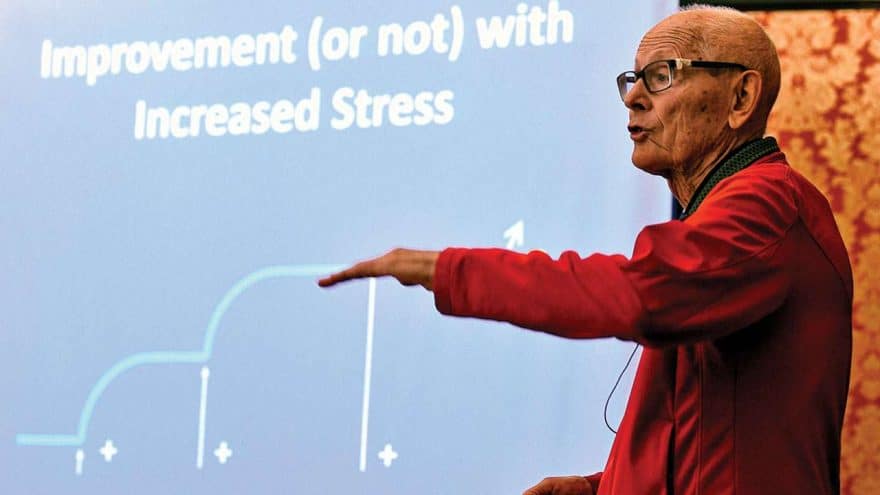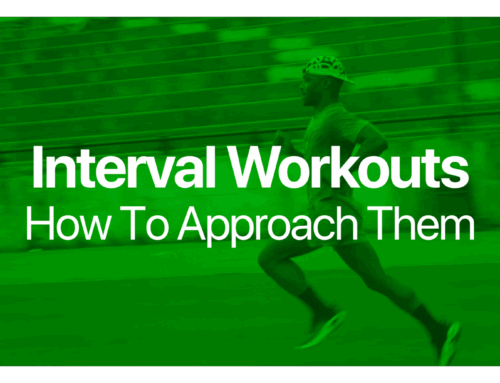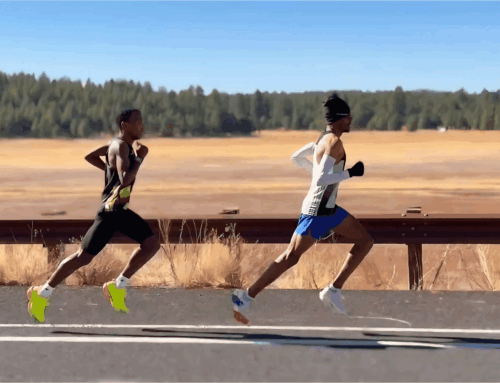
By Dr. Jack Daniels
There is often a discussion relative to the benefits of different types of training, and usually the “types of training” compared are slower/longer training sessions (Quantity) versus shorter/faster training sessions (Quality). However, both slower/longer workouts and shorter/faster workouts can be considered “Quality” relative to the benefits they produce in a runner’s body. Therefore, “Quantity” can also be considered as “Quality.”
Good examples of slower/longer training being Quality in nature are the benefits that are accumulated by the heart muscle (central factor of the cardiovascular system) and by the mitochondria elements in the running muscle fibers (peripheral factor). As a person works harder, heart rate increases, but maximum stroke volume (force of contraction of your heart) is often reached when only working at about 60% of a person’s aerobic capacity (VO2max). Since 60% of a person’s VO2max is considered “easy,” or conversational in nature, it is not difficult to spend a fairly long amount of time running at this intensity; therefore the heart muscle is spending more time being strengthened. In addition, some of the peripheral benefits that are achieved in the muscle fibers benefit from time spent being stressed (rather than higher-intensity training) and it is not difficult to spend time running at an easy pace.
On the other hand, some desirable running factors rely on fairly high-intensity training to reap maximum benefits. Running economy, for example, improves just as a matter of spending time running, but tends to improve more when the intensity is higher; as associated with Repetition training (faster/shorter work bouts, with good recovery between work bouts). Repeated uphill runs also tend to improve economy, as a result of muscle strengthening.
I like to try to associate different types of training with different physiological functions so it is desirable to stress any function with the type of training that stresses that particular function. No doubt that VO2max is a major factor in endurance events, and stressing VO2max is a good way to improve that function. To stress VO2max means to train at VO2max, which is not particularly comfortable for an extended period of time. Running at VO2max involves a speed that is about equal to a pace someone could race at for about 10-12 minutes, which is certainly not an “easy” pace. Interval training works best for VO2max improvement.
Threshold runs (often referred to as “tempo” runs) are at a speed that a person could race at for close to an hour. This is important from a Quality point of view, but could even fall into the Quantity category of types of training.
So the comparison of Quality and Quantity training sessions depends on what body functions need to be improved. There is little doubt that there is a place for both approaches to an overall training program, especially for endurance runners.





Thanks, Dr. Daniels!